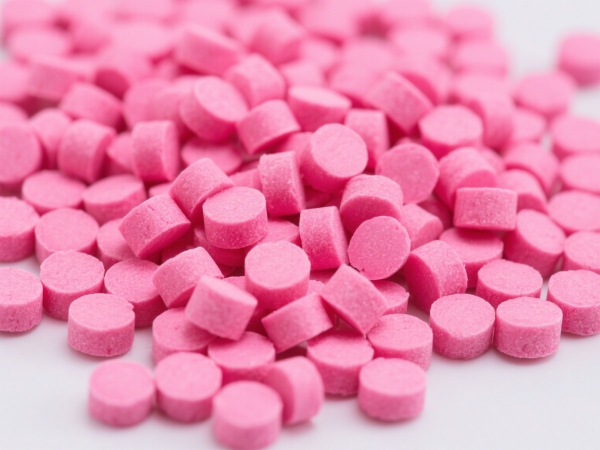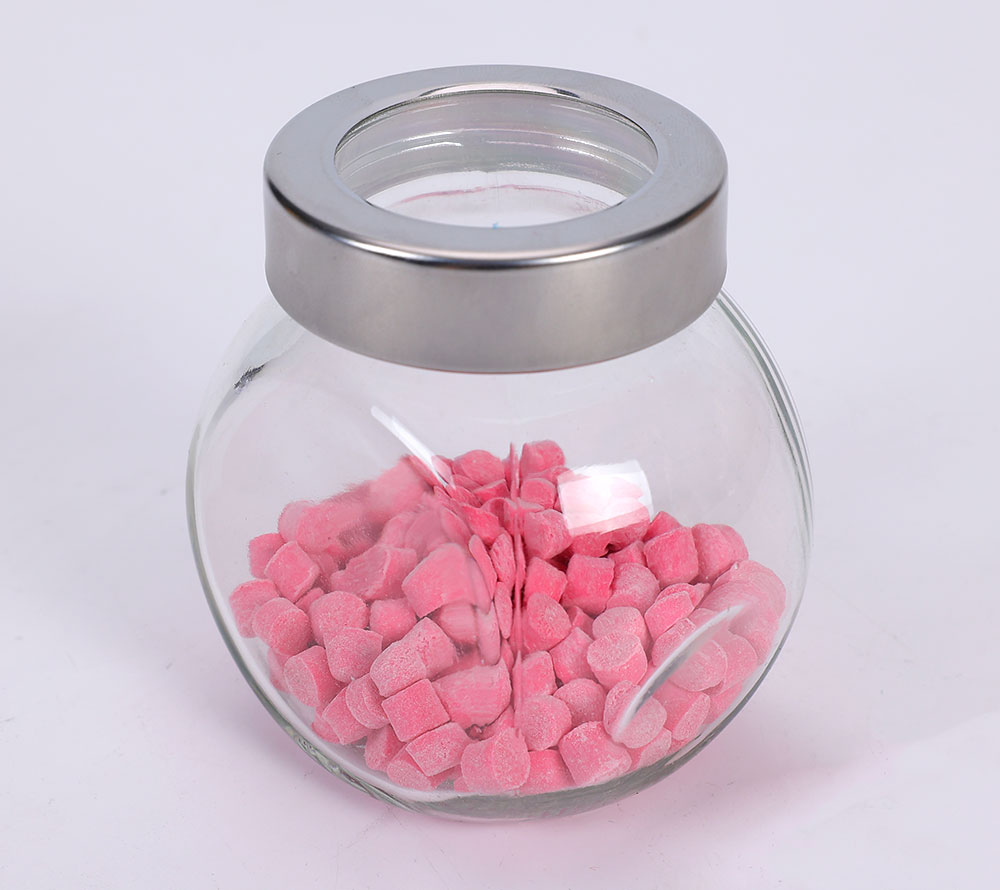When I first stepped into the world of rubber compounding, one of the biggest headaches I saw in production lines was scorch—the dreaded premature vulcanization that ruins batches, wastes material, and eats up valuable production time. Back then, powdered PVI was widely used as a scorch retarder, but it came with its own share of issues: dust, inconsistent mixing, and the occasional surprise batch failure.
Over the years, I’ve watched the industry evolve, and one material that has truly transformed scorch safety is CTP(PVI)-80, the pre-dispersed masterbatch form of PVI. Let me walk you through why it matters, and why many of us now prefer it over traditional powders.
What is CTP(PVI)-80 and Why it Matters

CTP(PVI)-80 is essentially a pre-dispersed, polymer-bound masterbatch of N-(cyclohexylthio)phthalimide (PVI). By embedding PVI in a carrier matrix, the material becomes easier to dose, safer to handle, and more predictable in performance. For anyone new to rubber chemistry, think of it as the "upgraded, ready-to-use" version of powdered PVI that reduces risk during processing.
Scorch Safety: A Key Difference from Powdered PVI
The primary role of both powdered PVI and CTP(PVI)-80 is to delay the onset of vulcanization, giving compounders more time to shape and process rubber without fear of scorching. But here’s the difference: CTP(PVI)-80 offers more stable scorch delay, meaning fewer unexpected scorch incidents on the mill or extruder. From my experience, switching to CTP(PVI)-80 cut down on scrap material significantly, simply because the compound stayed workable longer and more consistently.
Cleaner and Safer Handling in Production
Ask anyone who has handled powdered PVI: dust clouds are a nightmare—not just for operators’ health, but also for plant cleanliness and environmental safety. With CTP(PVI)-80, those worries virtually disappear. The pre-dispersed form eliminates dust release, making the shop floor cleaner and safer. It also means operators spend less time on protective measures, which keeps production moving smoothly.
Better Mixing and Dispersion Efficiency
One of the biggest complaints about powdered PVI is uneven dispersion. A poorly dispersed scorch retarder can cause localized cure variations, leading to uneven product quality. CTP(PVI)-80, however, disperses much more uniformly during mixing. That translates to more predictable cure curves and fewer surprises when testing final properties. For high-precision applications, that consistency is a lifesaver.
Consistency for Large-Scale Rubber Manufacturing

In large production facilities, batch-to-batch consistency is everything. When you’re running hundreds of mixes per week, even small variations can add up to costly rework. Pre-dispersed masterbatches like CTP(PVI)-80 offer excellent dosing accuracy, meaning every batch gets the same scorch protection. In my own work with tire compounds, I’ve seen this stability make a real difference in keeping output uniform and reliable.
Applications in Tires and High-Performance Rubber Goods
CTP(PVI)-80 shines in demanding applications. In tire manufacturing, it ensures processing safety during long mixing cycles and helps achieve uniform curing in the final product. Beyond tires, it’s widely used in hoses, belts, seals, and other high-performance rubber goods where scorching would otherwise compromise quality. If you’re just starting out, think of it as insurance for complex or heat-sensitive rubber recipes.
Balancing Cost with Long-Term Efficiency
On paper, CTP(PVI)-80 might seem more expensive than powdered PVI. But the real value shows up in lower scrap rates, smoother processing, and fewer production stoppages. Over time, these savings outweigh the initial cost difference. Many manufacturers I know consider it an investment in stability—one that pays for itself in both efficiency and peace of mind.
Looking back, I can confidently say that switching to CTP(PVI)-80 was one of the simplest but most impactful changes in scorch management. It’s cleaner, safer, and far more reliable than traditional powdered PVI. For anyone entering the rubber industry—or even veterans frustrated with scorch issues—this material is worth serious consideration. After all, a stable process means not just better products, but also fewer headaches on the production floor.
 cwc@jxbh-masterbatch.com
cwc@jxbh-masterbatch.com Jiaxing Beihua Polymer Auxiliaries Co, Ltd. / Shanghai Crystal Wells Chemical New Materials Co, Ltd.
Jiaxing Beihua Polymer Auxiliaries Co, Ltd. / Shanghai Crystal Wells Chemical New Materials Co, Ltd.
































